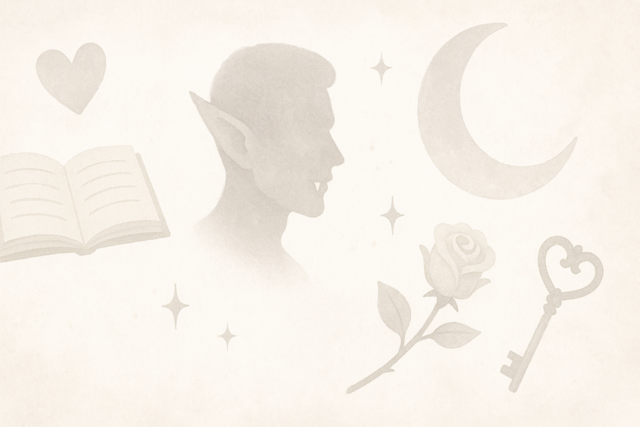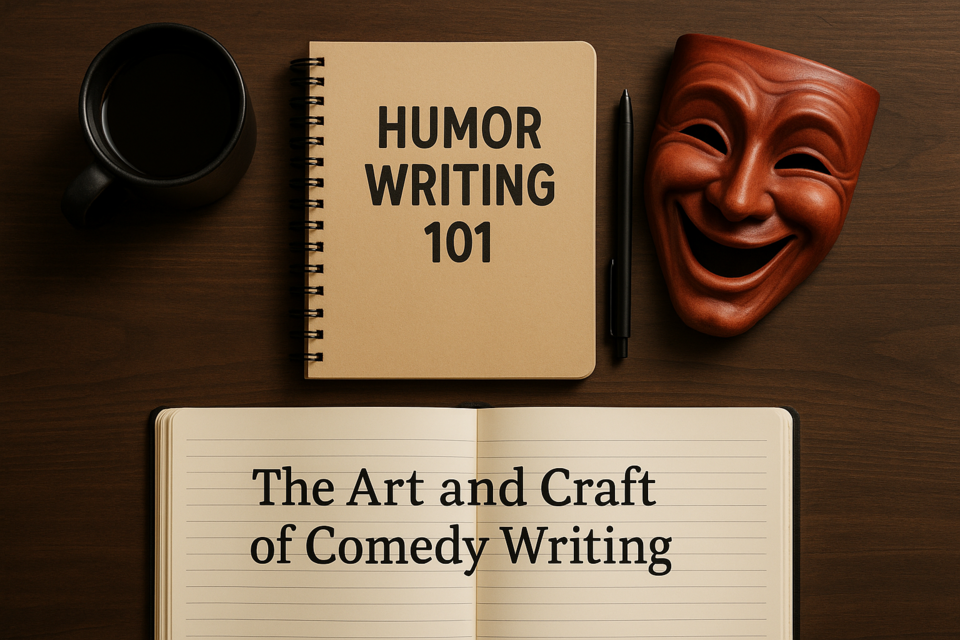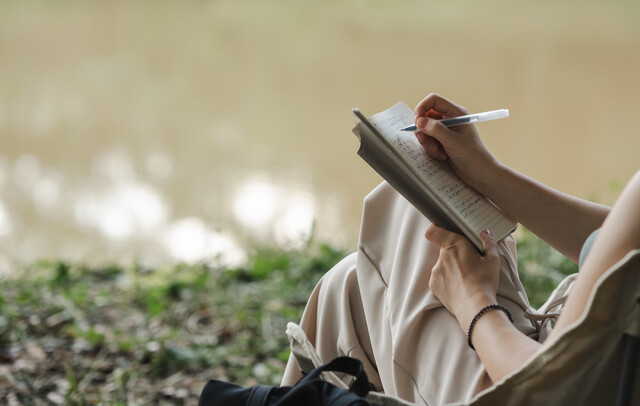According to the book, Women's Fiction Authors: A Research Guide by Rebecca Vnuk, the setting of women's fiction is typically a contemporary one. (By the way, this book is a really great resource if you can afford to pick it up). You can have a women's fiction story set in historical times, but unfortunately, that genre tends to be labeled "historical fiction."1 We will discuss setting, and what it encompasses, in this article.
I find it is always important to remind writers that setting is not just the place, but the time, too. We often get wrapped up in the where, and forget the when.
When you write your women's fiction novel, you will primarily be dealing with timely issues. Not to say that these same issues haven't dogged women for all time, but, for instance, if you are "ripping" something from the headlines, that is going to be a very pressing, very timely event -- one that takes place in modern times.
As Vnuk notes, if you do choose to set your work in an historical setting, chances are that publishers, librarians, and bookstores will classify you as historical fiction, rather than women's fiction. And that is fine! If that is what you want to write. But for this class's purpose, we're dealing with women's fiction, and women's fiction alone. For that purpose, you'll want to steer clear of an historical time period, and keep it contemporary.
So, now what do you need to do in order to make the setting contemporary and interesting? Remember that your setting should not be a character. By this I mean that it should be the backdrop. It should serve to enhance your story, but it shouldn't be the story. The setting should never overwhelm and make the reader forget what she is reading about. The setting is a helper tool; it enhances the story by adding depth, by adding detail, but it is not the story.
When writing, ask yourself a lot of questions, and make sure to answer them! You want to be an expert on the setting you choose. If you want to place your story in Charleston, South Carolina, but you have never been there, you need to do your research. The reader can't know that you have never been there. The work should read as if you have lived there your entire life, and you know all the ins and outs of Charleston -- its secret hideaways, its intricacies. Make the reader feel like she's there -- and if your reader has been to Charleston, or actually lives there, make her feel like she's finding an old friend. She should recognize what you have written.
Research is key -- it is your best friend!
Making the story contemporary actually helps you. It helps with the research, too. You will have to do a lot less regarding what is going on in the world during the time period. Keeping it modern day allows you to place current events in your story -- and keeps you from having to dig too much into them to find information. You should definitely know what you are talking about, but it is usually easier to find information on current events versus those that happened hundreds of years ago. Although with the Internet, everything really is at your fingertips, so make use of that tool!
Plotting Your Course
Moving right along! Now, in this article let us discuss plots, plotting, plot maps, outlines, long works versus shorter works -- sound overwhelming? Don't let it!
First, we will simply discuss the plot. As stated several times previously, in women's fiction, the plot is relationship-driven.This means that your main character's relationship will help the plot along, from point A to point B and so on. The relationships that she has move the story forward.
This is similar to saying our story is character-driven, in that she and her supporting cast, move the story. However, a character-driven story relies more on one character to drive the story, while a relationship-driven plot relies heavily on the other characters in the story, and the ways they all interact with your main character.
Let me back up a moment, though. What is a plot? The plot is all of the things that happen in your story. It is the beginning, the middle and the end. You may have seen a basic plot map in school, and they can come in very handy when charting your novel's course.
Your plot will have a beginning, which is also called the exposition; it will have rising action, a climax, falling action and then a denouement, or resolution.
When you use a plot map or chart, you simply outline your novel. Write in which events will go with each point on the plot map or chart.
How to develop an outline:
When you start to think of your outline, or plot map, first think of the goal for your story. This is not your goal, what you want to accomplish, but what your main character hopes to achieve through the story.
This goal can go at the top of your plot map or outline to remind you where you want to go.
Next, think of what can happen to her along the way. What are the problems she might encounter? What are the setbacks that can happen along the way to her end goal? Are there positives, negatives, both? What is the turning point in the novel, the climax?
Map these out. Think of the events that can get her to the turning point, and that is your rising action. After the climax, you'll have events that lead to the close, this is the falling action. Your resolution is what happens in the end, when you wrap it up and tie it with a pretty bow.
Once you have your goal and your events, you are ready to begin mapping. The start, what is going to set the story off, is your rising action. All of these events should culminate in a climax -- this is what happens to your character. You'll put the turning point at the top of the map. The things that come next are the falling action, and finally, your ending, or d�nouement.
One great thing about plot maps and outlines is that they can show youwhere your story's weaknesses lie. If you need more work on the rising action, you will see it, because you won't have anything on the map or in the outline. Same goes for the other areas of your story.
How to Use Subplots in Your Writing
Subplots are the "extra" stories, the mini-stories, running throughout your novel. The little side trips that really make life interesting for both your character and your reader.
The main plot is everything that happens on the way to the story's goal. And this can include the subplots, but typically, these are just sidelines. The things that happen along the way.
For example, if your story's goal is for your character to find happiness and love, then the subplots might be her best friend falling in love, or her mother getting a new job. The subplots might involve your central character, but they might not. These subplots are stories that we follow, but they aren't the major plot of the novel.
In a mystery novel, the plotline is going to follow the murder. But as the sleuth takes on the case, he may have other things going on in his life. Perhaps he and his lover are on the outs, or he's just met someone new. Maybe our sleuth is a woman, a single mother, and we read about her parenting woes and triumphs along the way. These subplots may have nothing to do with the case, but they make the story more interesting.
Think of your favorite one-hour drama. As we all know, typically if it is a hospital show or a lawyer show, or even a police show, there's a case that takes precedence during that hour. But if that was the only thing happening it would be a dry show. The side stories, the subplots that involve the main characters and their lives, that is what keeps the show interesting, and keeps us coming back week in and week out. Those subplots help to give those characters depth. They are what make the characters appealing to us.
And that is what subplots will do for you. The subplots will give your character depth. They help to show what she is like as she interacts with friends, coworkers and family. They keep your character from being one-dimensional.
When you set about writing your subplots, and weaving them into your story, there are some things to consider. One is who are your supporting characters? You want to keep those cast members in the work, as those relationships drive the plot.
What sort of subplots will those characters be involved in, and how can they help show your main character's true self? How can they move the plot forward?


























